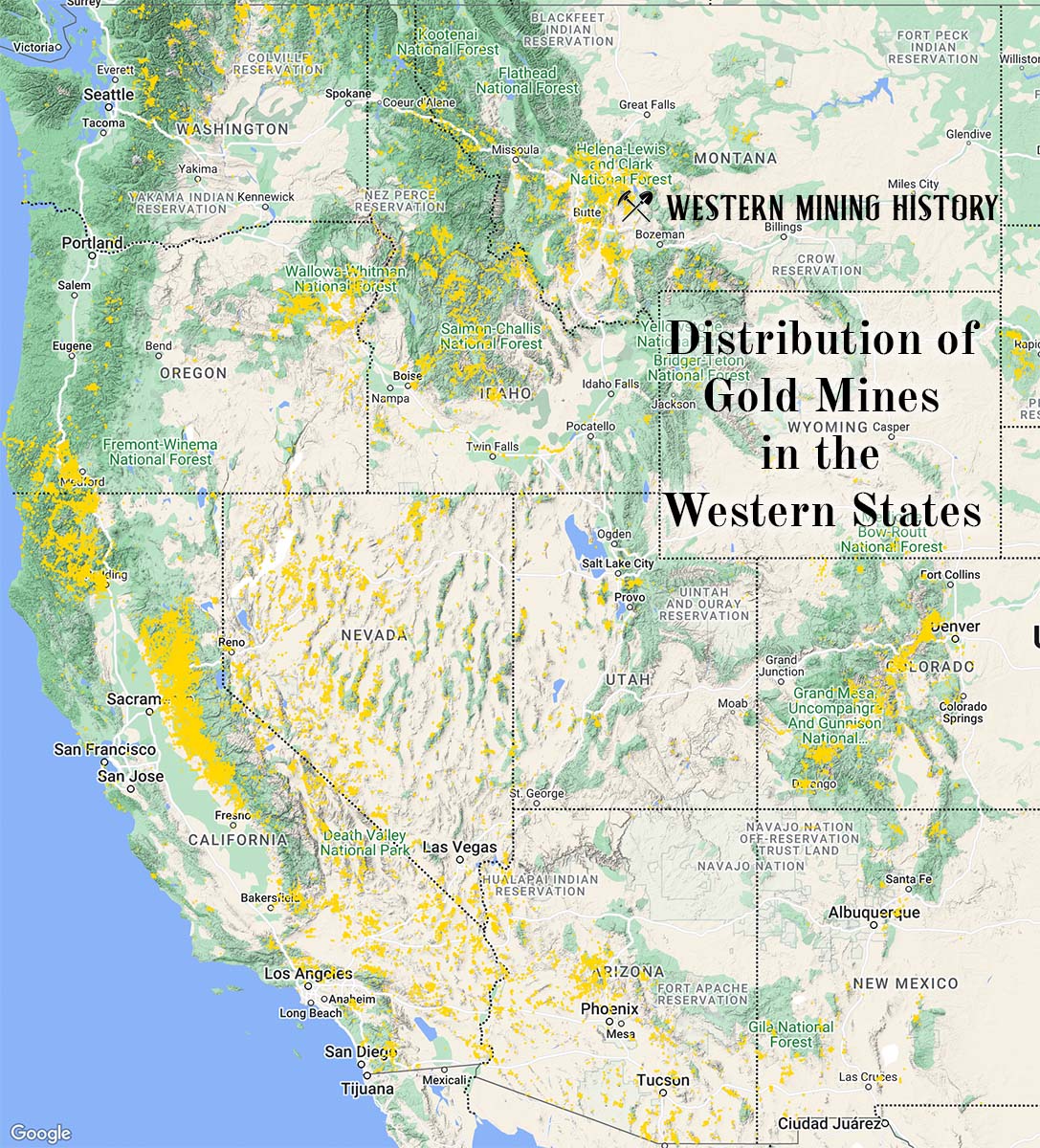The Camp Creek (tributary to Lost River) is a fluorine-fluorite and beryllium mine located in Alaska.
About the MRDS Data:
All mine locations were obtained from the USGS Mineral Resources Data System. The locations and other information in this database have not been verified for accuracy. It should be assumed that all mines are on private property.
Mine Info
Elevation:
Commodity: Fluorine-Fluorite, Beryllium
Lat, Long: 65.471, -167.14600
Map: View on Google Maps
Camp Creek (tributary to Lost River) MRDS details
Site Name
Primary: Camp Creek (tributary to Lost River)
Commodity
Primary: Fluorine-Fluorite
Primary: Beryllium
Location
State: Alaska
District: Port Clarence
Land Status
Not available
Holdings
Not available
Workings
Not available
Ownership
Not available
Production
Not available
Deposit
Record Type: Site
Operation Category: Prospect
Operation Type: Unknown
Years of Production:
Organization:
Significant:
Physiography
Not available
Mineral Deposit Model
Not available
Orebody
Not available
Structure
Not available
Alterations
Alteration Type: L
Alteration Text: Fluorite and beryllium-bearing mineralization is thought to be a type of distal alteration to tin metallizing sytems in this area. Mass balance calculations show significant SiO2, Al2O3, alkali, and fluorine enrichment with mineralization (Sainsbury, 1968, p. 1567). The limestone is commonly dolomitized but the relation of this alteration to sulfide and fluorite mineralization is not clear.
Rocks
Not available
Analytical Data
Not available
Materials
Ore: Fluorite
Ore: Chrysoberyl
Gangue: Tourmaline
Gangue: Muscovite
Gangue: Diaspore
Comments
Comment (Workings): Workings / Exploration = Surface dozer trenches, 13 USBM diamond drill holes totalling 2,158 feet, and 23 Lost River Mining Corporation diamond drill holes totalling 8,146 feet have been completed on the prospect.
Comment (Exploration): Status = Active?
Comment (Reserve-Resource): Reserves = Diamond drilling by the USBM and Lost River Mining Corporation enabled a resource calculation of 2,116,000 tons of 30.6% fluorite in an open-pit configuration and 1,695,000 tons of 30.0 % fluorite that would require underground mining (WGM, 1972, p. 63). These calculations used a cut-off grade of 15% fluorite and an overall weighted average of at least 23% fluorite. The general dimensions of the mineralized zone determined by this drilling are 3,000 feet long, up to 130 feet thick, and 300 feet downdip (apparently shallow to moderate south dip); mineralization is open along strike and dip (WGM, 1973, p. 53).
Comment (Geology): Age = the age of the mineralization is assumed to be related to the development of tin systems in the Lost River area and therefore Late Cretaceous, the age of the tin-mineralizing granites there (Hudson and Arth, 1983).
Comment (Reference): Primary Reference = Sainsbury, 1968; Sainsbury, 1969; WGM, 1972
Comment (Geology): Geologic Description = Fluorite- and beryllium-bearing veins and veinlets are common in Ordovician limestone along a 2,400 foot-long east-west trending zone on the south side of Camp Creek (Sainsbury, 1969, plate 3). The principal controls on the veins and veinlets are nearly vertical sheeted fractures, closely spaced joints, brecciated zones, and borders to igneous dikes. .Mineralization includes fluorite, diaspore, tourmaline, muscovite, chrysoberyl, hematite, and todorokite. Stibnite in fluorite and diaspore has been identified on the ridgeline east of Camp Creek. USBM diamond drilling encountered stannite- and pyrite-bearing sulfide zones within the fluorite and beryllium-bearing mineralization. Nineteen surface samples contained 0.31 to 6.00% BeO; the fluorite content, determined for 8 of these samples, ranged from 54.6 to 62.4% (Sainsbury, 1963, p. 7). Diamond drilling by the USBM and Lost River Mining Corporation enabled a resource calculation of 2,116,000 tons of 30.6% fluorite in an open-pit configuration and 1,695,000 tons of 30.0 % fluorite that would require underground mining (WGM, 1972, p. 63). These calculations used a cut-off grade of 15% fluorite and an overall weighted average of at least 23% fluorite. The general dimensions of the mineralized zone determined by this drilling are 3,000 feet long, up to 130 feet thick, and 300 feet downdip (apparently shallow to moderate south dip); mineralization is open along strike and dip (WGM, 1973, p. 53). The Lost River Mining Corporation work did not identify other valuable constituents in the mineralized material.
Comment (Deposit): Model Name = Fluorite-, beryllium-, and sulfide-bearing veins and replacements in limestone (Sainsbury, 1968)
References
Reference (Deposit): Cobb, E.H., 1975, Summary of references to mineral occurrences (other than mineral fuels and construction materials) in the Teller quadrangle, Alaska: U.S. Geological Survey Open-File Report 75-587, 130 p.
Reference (Deposit): Sainsbury, C.L., 1969, Geology and ore deposits of the central York Mountains, western Seward Peninsula, Alaska: U.S. Geological Survey Bulletin 1287, 101 p.
Reference (Deposit): Sainsbury, C.L., 1972, Geologic map of the Teller quadrangle, Seward Peninsula, Alaska: U.S. Geological Survey Map I-685, 4 p., 1 sheet, scale 1:250,000.
Reference (Deposit): Hudson, T.L., and Arth, J. G., 1983, Tin-granites of Seward Peninsula, Alaska: Geological Society of America Bulletin, v. 94, p. 768-790.
Reference (Deposit): Cobb, E.H., and Sainsbury, C.L., 1972, Metallic mineral resource map of the Teller quadrangle, Alaska: U.S. Geological Survey Miscellaneous Field Studies Map MF-426, 1 sheet, scale 1:250,000.
Reference (Deposit): WGM Ltd., 1972, Preliminary feasibility report on the Lost River fluorite-tin-tungsten: Toronto, Canada, Lost River Mining Company, Limited, unpublished report, 291 p.
Reference (Deposit): Sainsbury, C.L., 1963, Beryllium deposits of the western Seward Peninsula, Alaska: U.S. Geological Survey Circular 479, 18 p.
The Top Ten Gold Producing States

These ten states contributed the most to the gold production that built the West from 1848 through the 1930s. The Top Ten Gold Producing States.